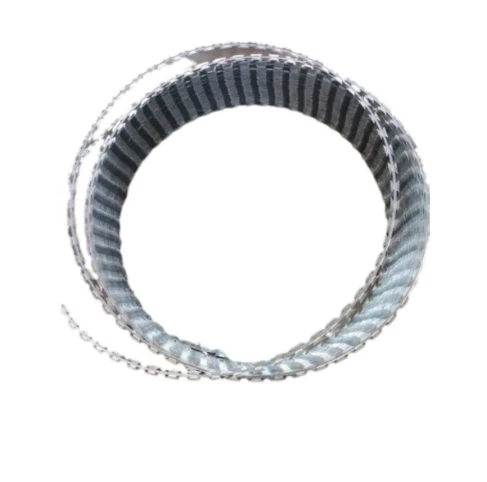dec . 21, 2024 11:03 Back to list
Diamond Mesh Manufacturing Solutions for Quality and Durability in Various Applications
Understanding Diamond Mesh Factories An Overview
Diamond mesh is a versatile fencing and netting material widely used in various industries and applications. From agricultural settings to construction and security, diamond mesh provides an effective solution for a myriad of needs. Understanding the operations of a diamond mesh factory is crucial for anyone interested in the production of this valuable product. This article will delve into the crafting process, the technology involved, and the market demand for diamond mesh.
What is Diamond Mesh?
Diamond mesh is characterized by its unique diamond-shaped openings. It is commonly made from high-quality steel wire, although variations may use other metals or synthetic materials. The design of the mesh allows for adequate airflow while providing a robust barrier. Common uses include fencing for agricultural land, prisons, and industrial sites, as well as applications in parks and residential areas for aesthetic purposes and security.
The Production Process
The production of diamond mesh involves several critical steps, which can vary depending on the factory's technology and scale of operation. Generally, the process can be broken down into the following stages
1. Material Selection The first step in the production of diamond mesh is selecting the appropriate raw materials. Steel wire is typically the preferred choice due to its strength and durability. Depending on the intended use, the wire can be coated with galvanization to prevent rust and corrosion.
2. Wire Drawing The selected wire is drawn through a series of dies to achieve the desired diameter. This process not only increases the wire’s tensile strength but also ensures uniformity, which is essential for the next steps.
3. Weaving The core of diamond mesh production lies in the weaving process. The wire is woven into a diamond pattern using specialized machines. This is where skilled operators or automated systems come into play, ensuring that the weaving process is precise and consistent. Factors such as the size of the diamonds and the spacing between the wires can be adjusted depending on customer requirements.
4. Finishing After weaving, the diamond mesh undergoes a finishing process. This may include cutting the mesh to specified dimensions and applying coatings to enhance durability and resistance to environmental factors. Finishing processes can also include additional treatments like painting or the application of UV-resistant layers when synthetic materials are used.
diamond mesh factory

5. Quality Control Before the diamond mesh leaves the factory, it undergoes stringent quality control measures. Inspectors check for defects in the weaving, material fatigue, and adherence to specifications. This quality assurance step is vital in ensuring that the final product meets industry standards and customer expectations.
Technological Advancements
In recent years, diamond mesh factories have begun incorporating advanced technologies into their production processes. Automation plays a significant role in improving efficiency and consistency. Automated weaving machines can produce large quantities of diamond mesh with minimal human intervention, reducing labor costs and minimizing errors.
Additionally, computer-aided design (CAD) systems allow for precise customization based on specific client needs. With these technological advancements, factories can respond to market demands more rapidly, creating bespoke solutions for various applications.
Market Demand
The demand for diamond mesh products continues to grow, driven by increased construction activities and rising awareness of security needs worldwide. Urbanization trends in developing countries, alongside the need for agricultural fencing in agricultural regions, contribute to this demand.
The versatility of diamond mesh also enables its use in a variety of settings, including residential properties seeking effective yet visually appealing fencing solutions. Moreover, as environmental concerns grow, the incorporation of sustainable materials and practices in diamond mesh production is becoming increasingly significant.
Conclusion
Diamond mesh factories play a pivotal role in producing essential materials that serve diverse needs across industries. With continuous advancements in technology and a growing market demand, the future of diamond mesh fabrication seems promising. Understanding the intricate processes involved in their production can help consumers make informed choices while allowing manufacturers to innovate and improve their offerings. Whether for security, agriculture, or aesthetic purposes, diamond mesh continues to be a reliable and valuable product in today’s market.
-
Weather Resistance Properties of Quality Roofing Nails
NewsAug.01,2025
-
How Galvanised Iron Mesh Resists Corrosion in Harsh Environments
NewsAug.01,2025
-
Creative Landscaping Uses for PVC Coated Wire Mesh Panels
NewsAug.01,2025
-
Common Wire Nail Dimensions and Their Specific Applications
NewsAug.01,2025
-
Choosing the Right Welded Wire Sheets for Agricultural Fencing
NewsAug.01,2025
-
Anti - Climbing Features of Razor Wire Barriers
NewsAug.01,2025









